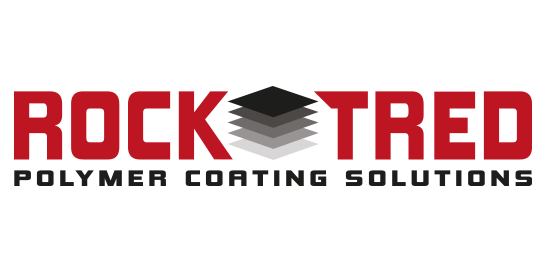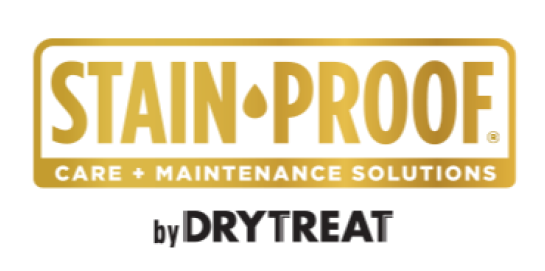Just how long is the shelf life for deck waterproofing products? Can those products sit in storage indefinitely? Does an expiration date really matter? I mean, after all, how many of us have eaten a cup of yogurt days after the expiration date and not suffered gastrointestinal distress? What about the expired tubes of toothpaste used in bathrooms all across America every day and night? This practice doesn’t seem to be resulting in a rash of nationwide ER visits related to out of date toothpaste. Do expiration dates really matter?
When it comes to Pli-Dek waterproofing systems, expiration dates do matter. The quality of product, successful application, performance capabilities and durability are all affected by time and age. Warranty benefits are also conditional upon using the products according to the guidelines provided by the manufacturer.
Manufacturer Clarity
The polymer based products are designed to provide a number of functions:
- Waterproofing
- Slip-resistance
- Fire resistance
All of which are affected by the quality of the product. When stocking this product for use on future projects, Pli-Dek stresses the importance of rotating stock accordingly, bringing older containers to the front of the line. Manufacturer will not be responsible for out of date products that are used and then perform improperly. Pli-Dek’s published ICC Evaluation Service Report clearly indicates that their products must be installed according to their installation instructions. This would include using the product before its expiration date.
Quality
A use-by expiration date is just one of many quality standards a company uses to ensure that consumers receive the very best their product has to offer. The shelf life of polymers is affected by individual formulation in addition to many external variables:
- Light exposure
- Ozone conditions
- Humidity levels
- Extreme temperatures
As a product sits on the shelf waiting to be used, chemical breakdowns are taking place. As polymer based products age their effectiveness and quality are being affected. Best storage practices that experts advise are:
- Dry environment.
- Temperature below 75 degrees Fahrenheit.
- No exposure to direct sunlight, heat or flame.
- No contact with solvents.
- Wrap or seal to minimize moisture exposure.
- Do not store stacked in conditions that will create tension, compression or deformation of container.
Time Matters
For maximum quality in product performance, rubber product professionals recommend that polymers be stored for as short of a time as possible. As time passes the physical properties of the polymers are undergoing changes that will eventually render it unusable.
Polymer aging is, in chemistry speak, a chain oxidation reaction. Macromolecules degrade and begin to form three-dimensional structures. Think of a macromolecule as a cluster of atoms. As the product sits on the shelf growing old, these clusters begin to cross-link with one another. Think of it as polymer getting bored as it sits around with nothing to do. All of those bored atoms begin branching out to socialize and form new social groups.
Once these new groups form, the integrity of the polymer degrades. It will no longer have the same mechanical characteristics it was designed to have. Designed to be waterproof, it may no longer have that ability. Boring shelf life has morphed the product into something else. Possible results of a polymer used past its expiration date:
- The appearance of what look like cracks rather than a smooth surface after application.
- Change in color.
Protect Your Investment
Waterproofing projects are a structural investment. It is important to maintain the credibility of a warranty by using the products by the expiration date. Don’t try to cut corners and use an out of date product that delivers a substandard seal then discover further loss by a warranty not being honored. For more information on how to get the most out of a Pli-Dek waterproofing system, please contact us.











